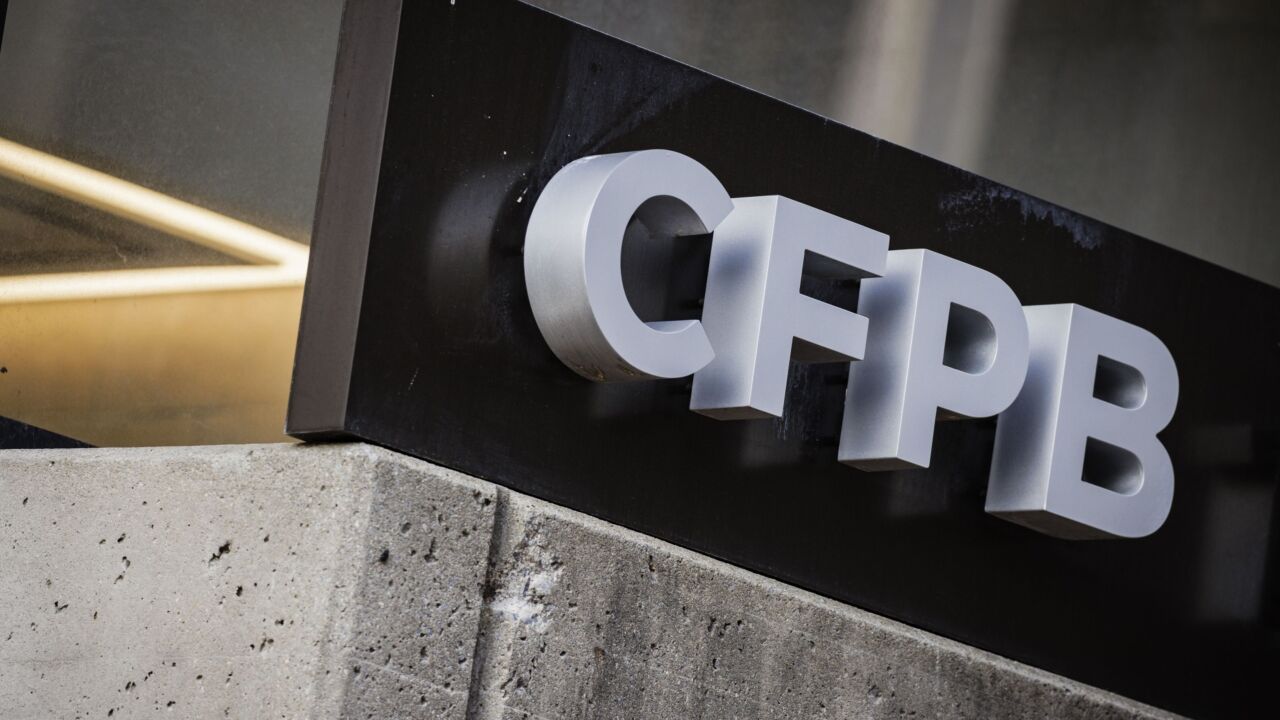Barclays Global Investors is continuing to expand its fixed-income exchange-traded fund menu while investors pull assets out of bond and money market funds at a record pace.
The San Francisco unit of Barclays PLC launched its fifth fixed-income exchange-traded fund on Friday and plans to launch another in the fourth quarter.
Lee Kranefuss, the chief executive officer of the exchange-traded funds unit, said it wants to offer a complete selection.
"We expect [the fixed-income market] to grow quite rapidly and get back into balance with equity," he said in an interview Wednesday. "We need more products" to take advantage of that growth.
Bank brokers continue to express strong interest in these products, Mr. Kranefuss said. "Exchange-traded funds allow banks to get diversification without selling a competitor's brand."
Right now "hundreds" of banks sell Barclays' exchange-traded funds, he said, though he would not name any.
The new iShares Lehman U.S. Aggregate Bond Fund is designed to track the broad U.S. investment grade bond index, which includes multiple asset classes and maturity ranges. The iShares Lehman U.S. Treasury Inflation Protected Securities Fund, which will be introduced next quarter, will track the Lehman Brothers U.S. Treasury Inflation Notes Index.
Exchange-traded funds are index funds that are bought and sold like common stocks on national securities exchanges. Investors can purchase and sell them through any brokerage firm, financial adviser, or online broker.
Barclays began selling exchange-traded funds in 1996, when it developed 17 country-specific ones with Morgan Stanley. In 2000, after those funds compiled $1.7 billion of assets, Barclays launched 40 more.
Its exchange-traded funds now have $43 billion of assets under management in the United States. It began managing fixed-income exchange-traded funds in July of last year, and is the only firm in the country that sells such products, according to the Investment Company Institute, a Washington firm that tracks funds.
Barclays' four fixed-income funds have $4 billion of assets.
"There is a lot of pent-up demand for fixed income," Mr. Kranefuss said.
But analysts say it may be a bad time to introduce fixed-income products. Last month investors withdrew $15.3 billion from bond funds, according to Lipper Inc. It was the largest monthly outflow for bond funds in 20 years.
However, Mr. Kranefuss said that, unlike other investment products, exchange-traded funds do well even in difficult market conditions. In addition to its fixed-income products, Barclays has developed 76 equity-based exchange-traded funds since 1996 that have $39 billion of assets.
Low-cost, tax-efficient vehicles like exchange-traded funds are most likely to receive inflows in a difficult market, he said. "The customers we target in the intermediary space, whether they are brokers, investment advisers, or bankers … stick to a long-term investment strategy. They tend not to favor any extreme shifts to 100% bond or 100% equity."
But not every exchange-traded fund is a success. Barclays liquidated three this year, and in May, ETF Advisors liquidated its four fixed-income ones, which had accumulated only $17 million in eight months.
Elizabeth Rowe, an analyst with New York's Find/SVP Inc., said investors are still wary about entering the market.
"The bruising is going to take more than a quarter or two to wear off," she said. "People lost a bucket load of money. There is a market for these products for a period of time, because people want to create a mix, but eventually they will shrivel."
Mr. Kranefuss is confident that exchange-traded funds will not lose momentum. Over the next five years Barclays will launch 20 to 30 fixed-income ones, he said.






